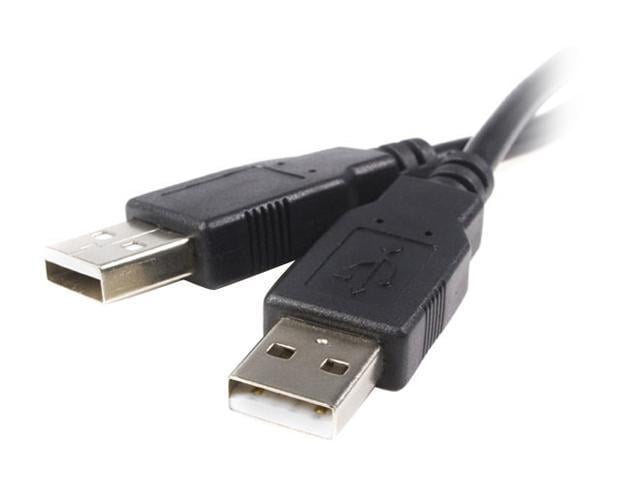

- #WIRESHARK USB PACKET CAPTURE INSTALL#
- #WIRESHARK USB PACKET CAPTURE DRIVERS#
- #WIRESHARK USB PACKET CAPTURE DRIVER#
- #WIRESHARK USB PACKET CAPTURE CODE#
- #WIRESHARK USB PACKET CAPTURE WINDOWS#
-no-packet-numbers: line numbers line up vs -packet-numbers. JSON now has raw urb structures (added to submit/complete). JSON: packn moved to new "submit" and "complete" entries. #WIRESHARK USB PACKET CAPTURE WINDOWS#
Windows data source officially supported.Use along with Wireshark GUI or refine a previous decode -range RANGE: only decode a specific packet range.-fx2: decode common FX2 commands (ex: CPU reset).-no-packet-numbers: alternative to above.Ex: what changed in trace for LED on vs LED off? -rel-pkt: intended to easier allow diffing two outputs.Get this from lsusb output or Wireshark view -device DEVICE: manually specify the USB device used.This works well in most cases, including FX2 renumeration -device-hi: use the last device enumerated.Linux: detatch USB device from Windows guest.Linux: run: "usbrply -device-hi -p my.pcapng >replay.py".Save in pcap-ng format (either should work)
 Windows: start your application, do your thing, etc to generate packets. Linux: attach USB device to Windows guest. Try to choose a bus (port) with no other devices Linux: use lsusb to determine which device bus is on. Make sure you have USB permissions (ie you may need to sudo) Linux: Boot Windows VM (ie through VMWare). Linux: Enable usbmon so Wireshark can capture USB (sudo modprobe usbmon, see ). Example: program a Xilinx dev board under Linux without knowing anything about the JTAG adapter USB protocol. Sample workflow for capturing Windows VM traffic from Linux host and replaying traffic in Python: Did an LED blink? Did you get expected data back? Scroll down to the bottom of replay.py and edit the following line:. Assuming your usb device is connected to the computer, go to "Device manager", find your device, right click on it, select "Properties", go to "Details" tab, select "Hardware IDs" from the drop-down, and you will find an entry of a form: HID\VID_046D&PID_C05A For this example the vid is 0x046D and the pid is 0xC05A. Run: "usbrply -wrapper -device-hi -p my.pcapng >replay.py". Start your application, do your thing, etc to generate packets. Double click on the USBPcap to start the capture. Select which USB device you want to capture by clicking on the tiny blue cogwheel and checking the box next to the USB device you want to capture.
Windows: start your application, do your thing, etc to generate packets. Linux: attach USB device to Windows guest. Try to choose a bus (port) with no other devices Linux: use lsusb to determine which device bus is on. Make sure you have USB permissions (ie you may need to sudo) Linux: Boot Windows VM (ie through VMWare). Linux: Enable usbmon so Wireshark can capture USB (sudo modprobe usbmon, see ). Example: program a Xilinx dev board under Linux without knowing anything about the JTAG adapter USB protocol. Sample workflow for capturing Windows VM traffic from Linux host and replaying traffic in Python: Did an LED blink? Did you get expected data back? Scroll down to the bottom of replay.py and edit the following line:. Assuming your usb device is connected to the computer, go to "Device manager", find your device, right click on it, select "Properties", go to "Details" tab, select "Hardware IDs" from the drop-down, and you will find an entry of a form: HID\VID_046D&PID_C05A For this example the vid is 0x046D and the pid is 0xC05A. Run: "usbrply -wrapper -device-hi -p my.pcapng >replay.py". Start your application, do your thing, etc to generate packets. Double click on the USBPcap to start the capture. Select which USB device you want to capture by clicking on the tiny blue cogwheel and checking the box next to the USB device you want to capture. #WIRESHARK USB PACKET CAPTURE INSTALL#
Make sure you install the USBPcap library Sample workflow for capturing Windows traffic and replaying traffic in Python:
#WIRESHARK USB PACKET CAPTURE CODE#
You should see python code that will reproduce the. python usrply\Scripts\usbrply win1.pcapng. If not still in venv (prompt like "(usbrply)" ): usbrply/Scripts/activate.bat. Default should be your home dir (ex: C:\Users\mcmaster). #WIRESHARK USB PACKET CAPTURE DRIVER#
Click on Options then List all devices then select the USB device that doesn't replay properly and Replace Driver with WinUSB.You can use Zadig to switch between USB libraries for a single device.
#WIRESHARK USB PACKET CAPTURE DRIVERS#
You need to switch their USB drivers to WinUSB.
Keep default setup options (in particular this will install pip). I used Python 3.7.8 (Windows x86-64 executable installer). Which makes me think that I don't understand how much metadata does pyusb prepend to data, how much metadata wireshark omits etc.There is probably an easier way to do this but this is what I got to work. Print '%d/%d written' %(ep.write(object_to_write), len(object_to_write)) I captured an URB packet with wireshark: 219774 438.775555000 host 31.0 USBVIDEO 66 SET CUR Request Īnd Wireshark displays following offset hex text: 0000 c0 f6 0b a3 00 88 ff ff 53 02 00 1f 01 00 00 00.






 0 kommentar(er)
0 kommentar(er)
